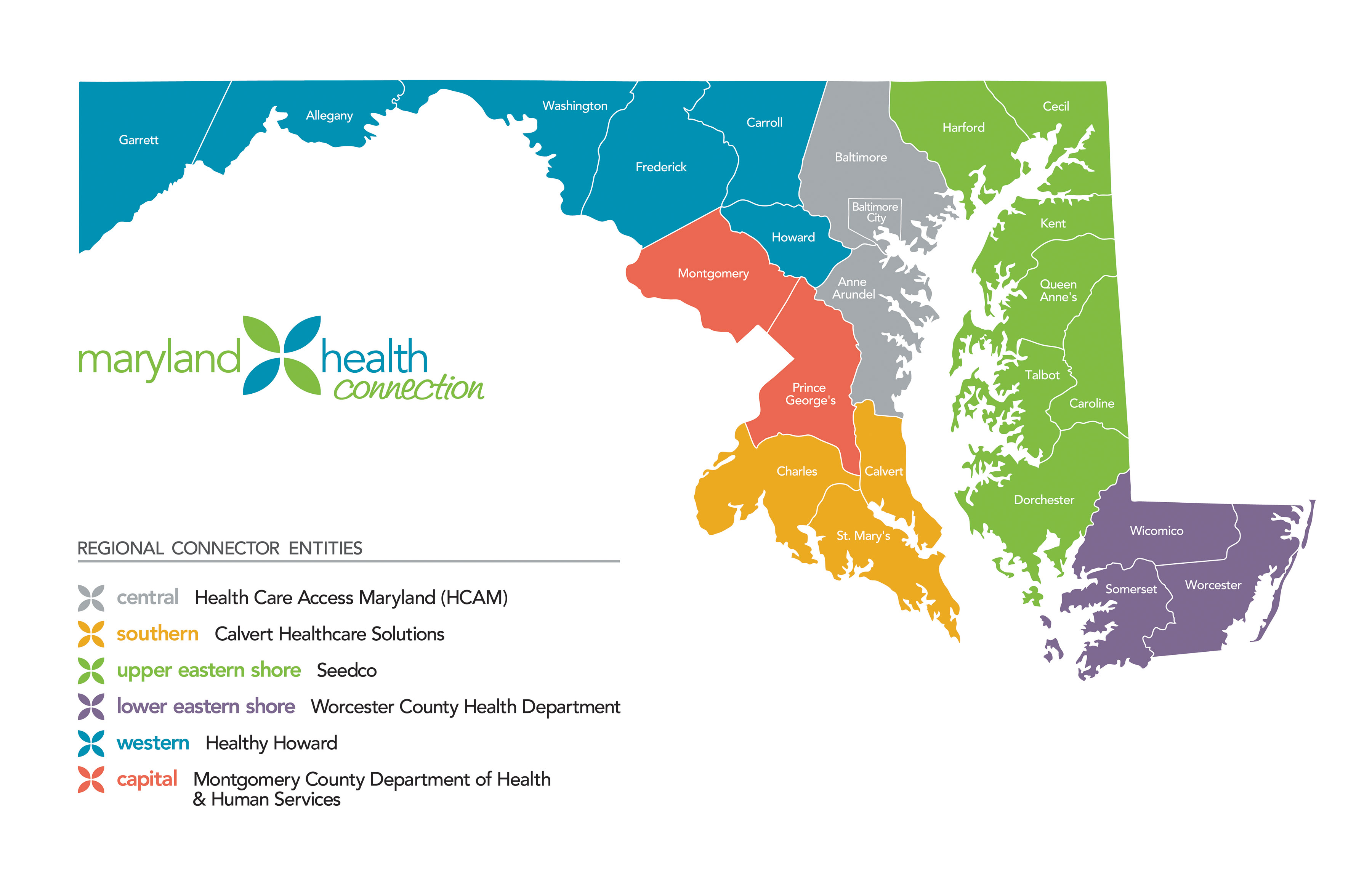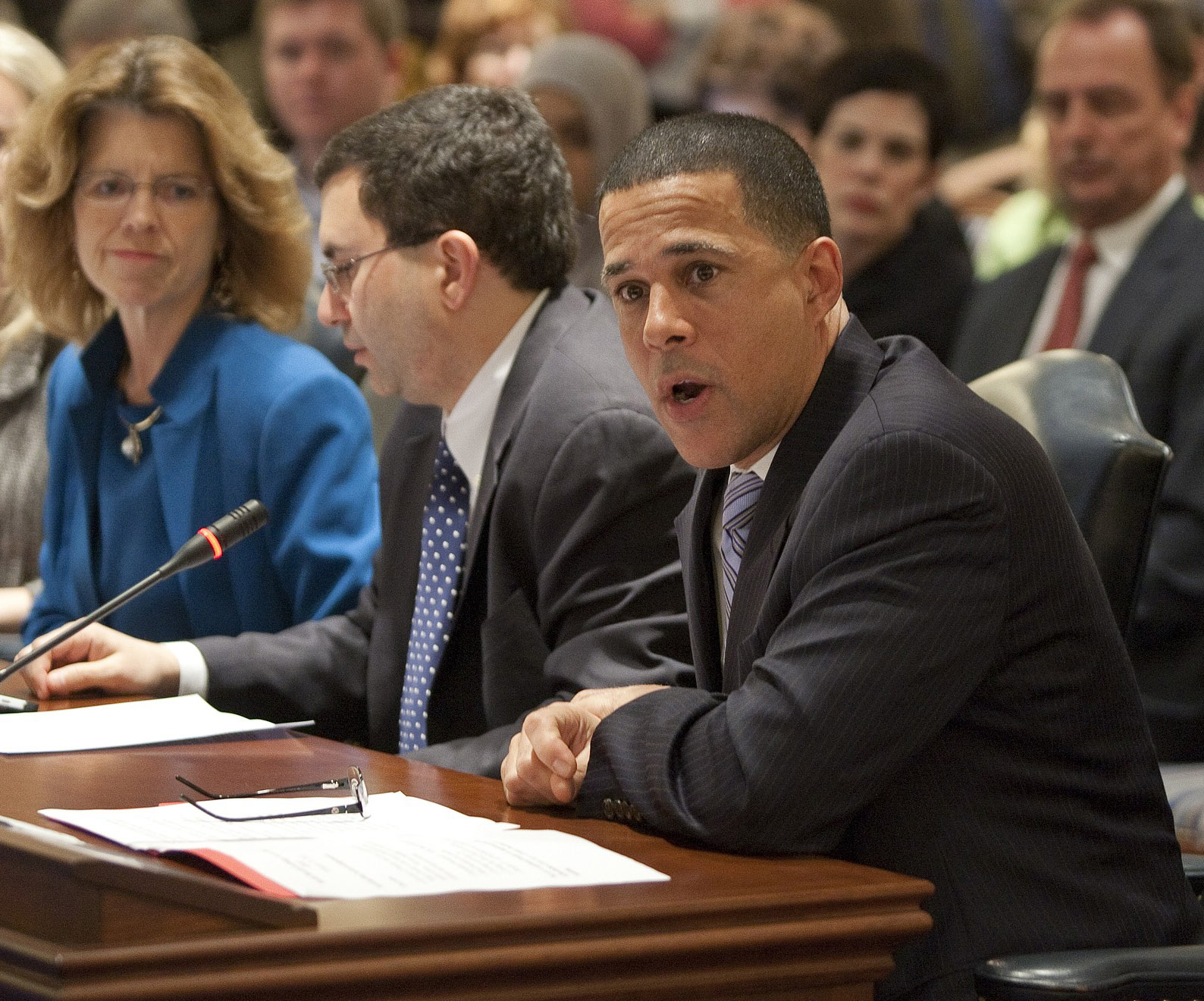Md. health insurance exchange to open this fall at cost of $200M
By Glynis Kazanjian
The cost of implementing Maryland’s new health insurance exchange program – a component of President Barack Obama’s signature health care law – will reach nearly $200 million as the exchange opens for business Oct. 1.
The $200 million will pay for the program to get underway, and the state is kicking in more than $20 million of that, despite early assurances that federal funds would pay for implementation of the program. Maryland’s goal is to sign up an estimated 150,000 uninsured residents in the first 180 days of the program.
Under the Affordable Care Act of 2010, commonly referred to as Obamacare, states were required to either start their own health insurance marketplace or defer to a program which would be operated by the federal government.
Maryland was out front early when it decided to launch its own state exchange. The O’Malley-Brown administration secured $173 million in federal funds to build the state’s health insurance exchange, the Maryland Health Connection.
To date, Maryland has received $157 million in federal funds, and another $16 million is pending. An additional $24 million in state general funds for fiscal years 2012 through 2014 were also budgeted to cover costs that cannot legally be funded using federal dollars.
The combined funds are to cover the full implementation of the state exchange through June 30, 2014 when the state’s fiscal year ends.
The state will then be expected to cover the costs moving forward, but some limited federal funding may be available. A strategic financial plan for the exchange has not been worked out, but a proposed cigarette tax as one of the main funding streams is being floated by health care advocates. Covering the uninsured also saves money that would be tacked onto existing health policies to pay hospitals for emergency care of the uninsured.
State taxpayers funding $24 million
While $24 million in state funds represents only 12% of the initial costs of the exchange, it is far more than officials initially promised.
“Maryland’s Health Benefit Exchange, which is expected to provide access to health care to over 350,000 Marylanders, is being established using no state funds,” a May 2, 2012 press release from the office of Lt. Gov. Anthony Brown stated.
The Office of Health Care Reform issued a similar statement in March after legislation initially passed both chambers of the General Assembly. The bill allowed the implementation of the state exchange to move forward.
Brown, who is running for governor, co-chairs the Office of Health Care Reform, the agency that has spearheaded the implementation of the exchange. His office did not respond to requests for comment related to the discrepancy.
According to two state officials working directly to set up the exchange, it was common knowledge when funding was discussed that some state funds would be needed to launch the state exchange, even as early as 2011.
Need for state funding called common knowledge
“We knew all along that there were going to be Medicaid funds [needed] from the state,” said Sen. Thomas (Mac) Middleton, a Charles County Democrat who is chairman of the Senate Finance Committee. “The state’s always been required to pay a portion of Medicaid.”
Middleton is referring to the matching funds the state must provide when receiving federal Medicaid funds.
When all the initial federal money comes in, the state will have received $55 million in exchange funding from Medicaid. This will have been predominantly used to establish the exchange’s program for eligibility and information technology.
“Everybody always knew the navigator [positions] couldn’t be funded by federal funds,” said a legislative staffer who would only speak on background. “This was no secret. It was abundantly clear.”
“Navigators” are Maryland Health Connection personnel who will be trained to handle eligibility determination and enrollment for all consumers, according to Carolyn Quattrocki, executive director of the Office of Health Care Reform. This includes people applying for Medicaid and all qualified health plans, including people seeking tax subsidies to buy health insurance.

From right: Lt. Gov. Anthony Brown, Health Secretary Joshua Sharfstein and director of health care reform Carolyn Quattrocki testify on legislation in 2012 (MdGovPics)
Under the Affordable Care Act (ACA) navigator positions can’t be funded through federal grants, Quattrocki said.
According to the Department of Legislative Services, between fiscal years 2012 and 2014, $24 million in state general funds has been appropriated for health benefit exchange programs. In December of 2011, when the governor submitted his budget for fiscal 2012, he put no money in for the exchange; $1.7 million was later added through a deficiency appropriation, but not until 2013. For his fiscal 2013 budget, the governor included only $1.9 million for the exchange. $6.1 million for fiscal 2013 was added later that year through a deficiency appropriation — money added to cover unbudgeted expenses, according to Legislative Services. (See chart below)
Reaching uninsured is top priority
In April, Maryland awarded $24 million in combined state and federal grants to six regional agencies, and local community organizations, to handle outreach, education and enrollment assistance for the Maryland Health Connection. Outreach efforts will be aimed at the exchange’s priority target population, the uninsured. Funding from the grants will create 300 new jobs.
“The priority is to provide access to coverage for those who don’t currently have it,” Quattrocki said. “For many of those folks, it’ll be people who have never had insurance or thought they could afford it or qualify for it. We need to make sure that we overcome the barriers they have to accessing insurance. That means we really have to be very targeted and comprehensive in our efforts to reach all the different racial, ethnic and socio-economic groups because there are uninsured in all of those groups.”
Maryland is estimated to have 750,000 uninsured residents. Exchange officials have a goal of signing up 150,000 uninsured Maryland residents within the first 180 days of enrollment and another 100,000 who may qualify for Medicaid subsidies.
Last week, the Maryland Health Connection announced the opening of its Baltimore City Call Center. Individuals and small businesses interested in learning more about health insurance policies and subsidy qualification can contact the center about enrollment.
Maryland Health Benefit Exchange opens October 1
Enrollment for individuals and families must begin October 1, 2013, according to the Affordable Care Act. Policies for new enrollees will take effect January 1, 2014. The exchange program for small businesses, called the Small Business Health Options Program, or SHOP, will open January 1, 2014, after a delay was announced by the Obama administration. Those policies will begin March 1.
(A Sunday Washington Post article by Lena Sun contrasts Maryland’s full funding and embrace of the program, with Virginia’s resistance and minimal funding for implementation.)
Appropriations for Maryland Health Connection
FY2012 – FY2014 general fund appropriations for Md. Health Benefit Exchange (Maryland’s fiscal year begins on July 1 and ends the following year on June 30. Budgets for the fiscal year that begins on July 1 are passed in the legislative session of the same year between January and April.) Source: Department of Legislative Services
Fiscal Year Medicaid Matching Funds Navigator Funds Total
2012 $1.7 million $0 navigator $1.7 million
($1.7 million was not in governor’s original 2012 budget. $1.7 million was added later in deficiency appropriations.)
2013 $6.3 million $1.7 million $8 million
($1.9 million was in governor’s original 2013 budget. $6.1 was added later in deficiency appropriations.)
2014 $7.5 million $6.6 million $14 million
(Funding effective July 1, 2013)
_______________________________________________________________________
Total $15.5 million $8.3 million $23.8 million*
*A final close out of fiscal year 2013 won’t be available until late August.

MarylandReporter.com is a daily news website produced by journalists committed to making state government as open, transparent, accountable and responsive as possible – in deed, not just in promise. We believe the people who pay for this government are entitled to have their money spent in an efficient and effective way, and that they are entitled to keep as much of their hard-earned dollars as they possibly can.


